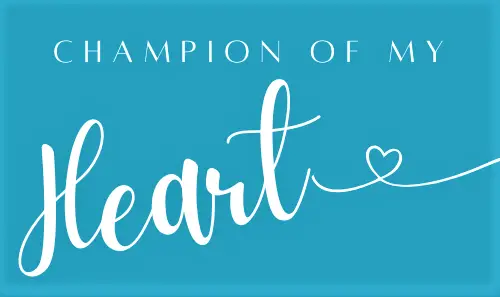Lilly had a full-blown panic attack during an outing Saturday night. It doesn’t happen as often as it used to, so it caught me a little off guard. Thankfully, the clouds rolled in, dropping the temperature a lot and making it safe to crate her in the car so that she could calm down. Looking back on the chain of events, I think I understand the triggers.
In “Animals in Translation,” Temple Grandin makes comparisons between animals and autistic people. Long before I read this book, I referred to Lilly’s reactions as autistic-like. Turns out that my instincts were right.
Grandin explains that animals can react to various visual and auditory stimuli with fear and anxiety. She covers in detail this idea that animals are hyper-specific in what they see, what they fear.
She’ll often visit cattle production facilities to solve problems that make animals behave fearfullly. Whole teams of professionals will be stumped, but Grandin shows up, looks around, and can often pinpoint a bunch of seemingly tiny things the animals are reacting to. She makes very clear that you must fix every single thing, not just one or two, to solve the problem.
Being autistic herself gives Grandin keen insight into the tiny things that set animals off.
On page 217, she explains, “The single most important thing to remember is that animals are afraid of tiny details in their environments. I like to use the term hyper-specific to describe animal fears. It comes from austism research because autistic people are extremely hyper-specific. It’s one of the main things that separate them from typical people … Being hyper-specific means you see the difference between things a lot better than you see the similarities. You see the trees better than the forest. A lot of times you might not see the forest at all. Just trees, trees, and more trees. Animals are like that.”
Often the fear-producing detail is contrasts in light (going from very light to very dark, for example), reflections or sparkly flashes only seen from close to ground level, something flapping in the wind, certain sounds, etc.
Using this mindset, here’s what I think set Lilly off on Saturday. We came up out of a lower-level patio into the light. A man stood at the top of the stairs making a scary, back-lit shape. As soon as we got up on the road, two boys raced by on skateboards (which have always scared Lilly … both sound and motion, I think). Before I could get her focused on me, another person sped by on a bike. There was guitarist playing at a bar across the street. I got her off onto the lawn at a church, but then a man at the curb snapped his kids’ stroller into full bloom, then proceeded to strap in the toddlers, who were crying.
Granted, these are all normal summertime events on a main street in any small town. Most people wouldn’t even notice these events. But, to Lilly, each thing compounded her fear, and all she wanted to do was flee.
My little sweetie, who certainly knows how to heel, shot to the end of her leash and practically strangled herself trying to get away from all the stimuli. She could not hear a thing I said, would not calm down until I got her into her crate, where she settled down with a sigh.
The sequence of events happened in just a few seconds, and Lilly went immediately into a panic. Remember, it’s much like Post-Traumatic Stress Disorder in people. Those fear pathways already exist, and even the smallest trigger can cause a full-blown response.
(I’m suppressing a total rant about the kinds of things people say to me when Lilly freaks out like this … like I haven’t spent every waking hour for years worrying about it and working on it.)
It may seem like “nothing” set her off, but to Lilly … it’s still the scariest thing in the world.
I’m learning to understand that better. I may not be able to prevent all the things that might scare her, especially in public, but I’m getting better at recognizing after the fact what those triggers likely were. And, I simply honor her need to leave so that she can recover.




0 comments